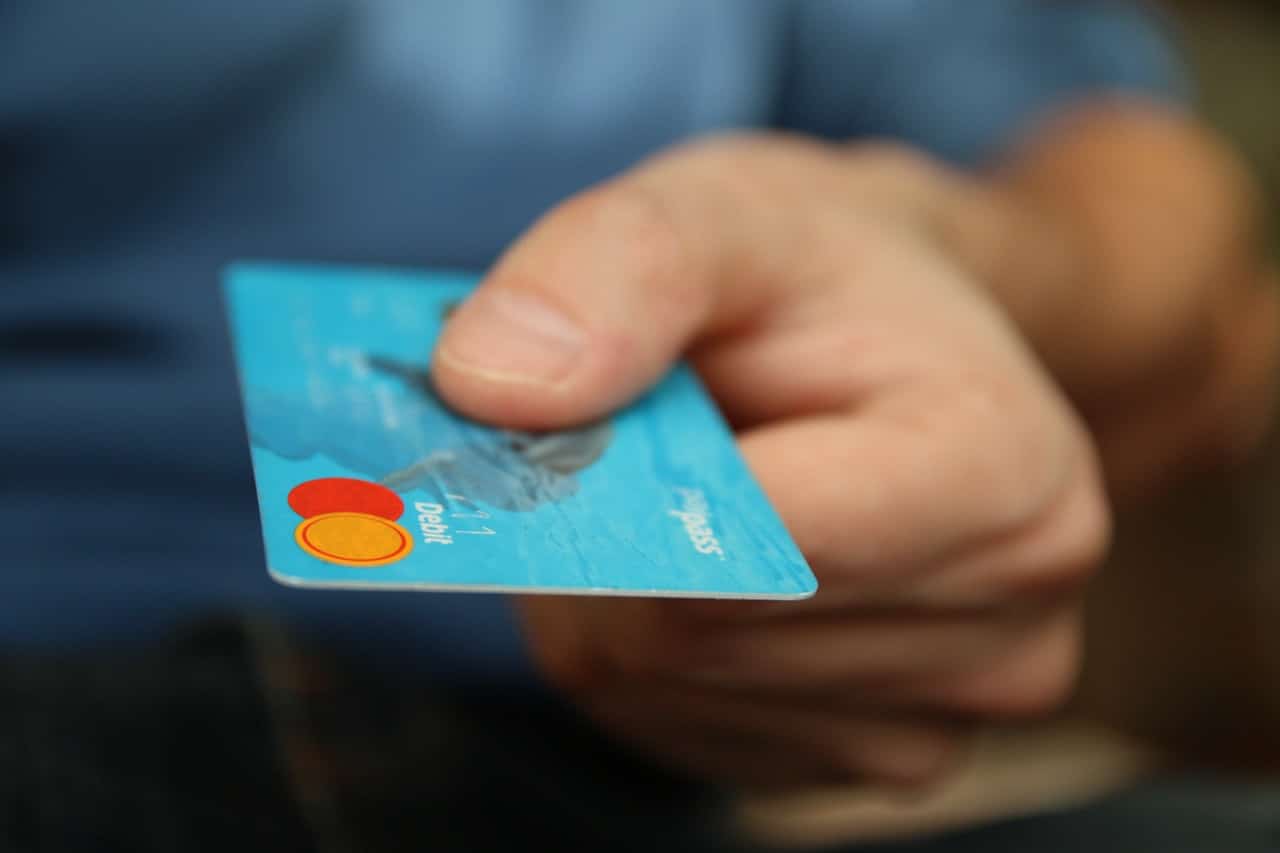When you start a new business that relies on credit card payment processing (as most modern businesses do), you’ll need to become familiar with chargebacks. They aren’t pleasant elements of finance, and they aren’t especially common for most types of businesses, but you still need to be aware of their existence, effects, and potential repercussions.
Chargebacks In A Nutshell
Square offers this concise description of a chargeback: [pullquote]“A chargeback happens when a customer disputes a charge from your business and asks the card issuer to reverse it.”[/pullquote] Essentially, your credit card-paying customer is asking for a refund directly from the card issuer. One of the benefits of owning and using a credit card is to protect yourself from unauthorized transactions, so this feature is important for protecting consumers. However, when it’s used, it can create problems for both the issuing bank and the merchant bank and can result in tangible financial losses for your business. The below information about why chargebacks happen, the ramifications and how to avoid the, is vital for running a healthy business.
Why Chargebacks Happen
These are some of the main reasons chargebacks happen:
- First, the customer’s credit card could be used without their consent—especially in an online environment, where in-person transactions are impossible. According to Dalpay, “Credit card online transactions are considered to be CNP or Card Not Present transactions. Generally, a merchant account agreement specifies that the merchant will be 100% liable for any type of possible online fraud that might happen.”
- Shipping issues. The customer may not have received the item in a timely manner, or the item may never have arrived at their doorstep. This could be due to a shipping error or doorstep theft.
- Product issues. If a customer is unsatisfied with their product and unable to return it, they may seek a refund through a chargeback.
- Technical issues. Sometimes, there’s a processing error through your website or payment gateway that results in a charge that wasn’t intended. A chargeback may attempt to reverse this process.
- Missed returns. If a customer requests a refund and doesn’t see it hit their account right away, they may immediately escalate the scenario and issue a chargeback with their issuing bank.
- The customer may not recognize your business name on their credit card statement, and misidentify it as a fraudulent or unauthorized transaction.
- Buyer’s remorse. The customer may find a cheaper or better version of your product at a later date, and seek a refund so they can purchase it.
What Happens When A Chargeback Is Filed
So what happens when a chargeback is filed? Usually, chargebacks follow these steps:
- The customer makes a purchase.
- The customer disputes a charge with the credit card company.
- The disputed funds are withheld from the business.
- An investigation begins, and the issuing bank reaches out to the merchant bank to find proof of the customer’s purchase.
- The proof is submitted to the issuing bank and the customer. At this point, most chargebacks are resolved one way or another.
- If the chargeback is still unsettled, or the merchant bank disagrees with the issuing bank’s decision, the transaction can enter an arbitration process, and the merchant bank can seek legal action.
The Ramifications
There are a few ramifications to experiencing a chargeback. First, you’ll likely face a fee from your payment gateway and/or merchant bank. According to Chargebacks911, “There are a few different factors that help determine the cost of the fee, including the acquiring bank, the processing agreement and the kinds of goods or services which the merchant offers. On average, the fees typically fall somewhere between $20 and $50.” One or two chargebacks won’t hurt you, but over time, these fees can really add up.
If your business experiences repeated, consistent chargebacks from your customers, your merchant bank may close down your account—so watch your chargeback rate, and keep it low.
How To Avoid Chargeback Losses
These strategies can help you avoid chargeback-related losses:
- Obtain clear proof of purchase, including signatures. Get a customer signature whenever possible, and document everything.
- Offer well-described, high-quality products. Describe your products accurately, and make sure they’re high quality. The happier your customers are, the fewer chargebacks you’ll receive.
- Offer a solid, easy return policy. Creating a return policy doesn’t take much work, and can keep your customers satisfied with their experiences—bypassing the need to issue a chargeback.
- Offer a grace period for purchases. Offer a price match for customers who find a cheaper product within a certain period of the initial purchase to cut back on buyer’s remorse.
- State your business name clearly on credit card statements. Clear up any confusion proactively by clearly stating your business’s name.
- Use reliable, provable delivery services. Get a signature upon delivery if possible.
- Train your employees for better customer service. Better customer service will lead to fewer chargebacks.
Chargebacks can be a headache and are practically unavoidable. All businesses will have to face chargebacks at some point. However, if you prepare your business properly, you can limit the number of chargebacks you face as well as the nightmares that come along with them.
For more business-related tips here on Bit Rebels, click here!

COMMENTS